Hairy mother II.
1985.
Bronze.
Dimensions: 52 x 30 x 17 cm.
Costa Angela Radovani. Hairy mother II. 1985. Bronze.
7000 €
Description
Angeli Radovani, Kosta, Croatian sculptor (London, October 6, 1916 – Zagreb, February 27, 2002). One of the most significant sculptors of moderate modernism in Croatian art, a member of the generation of artists who, after the experiences of WWII. World War I wanted to express a humanistic orientation by shaping figuration, but also modernist inclinations, which were manifested in stylization and reduction to elementary plastic forms.
Formative years
Son of the painter and caricaturist Fran Branko Angeli Radovani. Initially influenced by French modern sculpture, Aristide Maillol in the nude and Charles Despiau in the portrait, during his sculpture studies in 1934–38. at the Brera Academy in Milan, where, as in all of Italy, figuration dominated, he composed under the influence of his post-donation professor Francesco Messina and strengthened his interest in the figure. He soon began to build an expression under the influence of the Milanese art direction Novecento and artists who introduced modernism into the shaping of the traditional subject of nudes and portraits (Arturo Martini, Giacomo Manzù, Marino Marini), with insights into avant-garde, mostly abstract phenomena, as well as into the art of the Etruscans, the ancient Egyptians and other ancient civilizations and medieval heritage. After returning to Zagreb in 1939, he studied art history at the Faculty of Philosophy, and attended special classes at the Academy of Fine Arts in 1941–43. for sculpture with Frano Kršinić and graphics with Tomislav Krizman.
The female nude as an inexhaustible topic
Permanently interested in shaping the human figure, he mostly creates sculptures of smaller formats, a series of variations of female nudes, with which he achieved a range from fragile girlish and erotic bodies to mature, voluminous, heavy asymmetrical bodies, already in 1939 showing the first indications of modern shaping of the female nude (Woman to elbow in water, Female nude). After a short break during socialist realism, which considered the subject an inappropriate remnant of bourgeois culture, he returned to it in 1951, motivated by the idea of sculpture that would bring a simultaneous understanding of classical and modern expression, and especially after a study trip to Italy, France, Switzerland and Belgium, where comes into contact with the art of non-European cultures. Soon, in 1952, he holds the first sculpture solo exhibition held in our country after the end of the war (the Salon of ULUH), inciting numerous reviews and polemics, not only with the subject matter but also with moving away from the realistic, descriptive and anatomical representation of the body in the direction of voluminousness and compression of the masses, stylization and reduction of form, abstraction of details and simplicity of presentation (The Sitting Woman, 1953, bought by the Royal Museum of Fine Arts in Antwerp) and at the same time an unpolished, raw surface with traces of palm shaping, a visible sculptor's bodily gesture, and the modernized role of the stand, which in some examples and cancels.
In addition to organic forms and softer outlines (Djevojka koja sđi, 1963, Zagreb City Award), in the 1960s he turned to the cubization of elements, tectonics and constructivity (Žena pod krinkom, 1965), abandoning the imperative of harmony and perfect beauty characteristic of the classical approach and in in a series of works, by oversizing parts of the body, he reflects the simplicity of "primitivist" forms, and in some sculptures, for the sake of an expressive impression, he resorts to deliberate anatomical inaccuracy.
The brevity and expression of what is shown, the reduction and reduction to essentials, inspirations that draw from archaic periods (Torzo on a cone, 1967), reach their peak in his most famous sculptural cycle Dunje (19 variations, 1957–86), in which he explores artistic problems in various positions of lush of a mature female body, such as the relationship of elements grouped around the core of the sculpture, still and moving volumes, different surface treatments and a range of degrees of stylization, reaching the edge of abstraction in several examples, but never leaving the recognizability of the motif (Fragment, 1970). Casts of Dunja can be found in museum collections (Dunja II, 1961–62, prize for sculpture at the Triennial of Yugoslav Fine Arts in 1964, casts in MSU and MSUB; Five Women, 1963–67, MSUB; Dunja I, 1957 and Dunja IV, 1963, NMMU) in public space in Zagreb (Vile Zagorje park), Poreč (promenade by the sea), Rijeka (Trsat Castle), Dubrovnik (in front of Valamar Argosy Hotel), Pordenone, Antwerp (Middelheim Sculpture Park ), Bethlehem in the USA and others.
An inventive portraitist
After his early portraits mostly influenced by academic realism, he abandoned description and idealization (Portrait of Z. Vojnović, 1940, Portrait of Liza Kaštelančić, 1942), and after a period in the spirit of socialist realism (Portrait of Nada Dimić, 1947, Gliptoteka HAZU, Portrait I. Lola Ribara, 1948, MMSU), in the 1950s he turned to a more modern expression. Studying the portrait work of Marin Marini and Marcel Gimond, he develops two stylistic-morphological approaches; in the first face, it forms an elongated face, the surfaces follow the bones of the skull, and the surface is furrowed with lines that achieve expressiveness (Portrait of Marina Tartaglie, 1952, MMSU), while in the second, the reduction of descriptive elements to essential physiognomic features, volumetric thickening and emphasized abstraction and abandonment of psychologization ( Portrait of Dobriša Cesarić, 1951, NMMU, Portrait DS, 1951) results in further stylization up to radical geometrization (Portrait of Ante Kaštelančić, Portrait of Zdenko Kolacija, 1976). He returned to modeling some portraits on several occasions, finding them stimulating for solving certain plastic problems.
His oeuvre of relief portraits in the medium of medals or plaques, mostly of people from public, cultural and scientific life (a large number in the HAZ Glyptoteca) is also highlighted. They are characterized by the use of minimal details that achieve maximum expression, whether they are harder models and emphatically geometrically stylized or softer, with a greater degree of reduction and emphasizing the experience of a person's character (Rector's chain of the University of Zagreb, 1969).
Modern memorial solutions
He created a large number of monuments in a stylistic-morphological range from realistic monumental figurines (Drežnicanin, 1949), modernist stylized figural plastic (Macedonka, part of the Revolution Monument, Kumanovo, 1954–62) to reliefs with narrative representations (Monument to the people of Zagreb killed in the NOB from 1941 to 1945, Dotrščina, 1981–91).
In complex spatial and plastic tasks, he often collaborated with Zdenko Kolaci, with whom, with minimal means and abstract geometric shapes, he designed the Monument to the Victims of Fascism in Jajinci near Belgrade (1956), which, contrary to the figurative expression that dominated post-war memorial solutions, despite the won the first prize was not performed. Together with Kolaci, he realized the notable Memorial Park of those shot at Šubićevac in Šibenik (1961–84), in which, while respecting the natural environment, modernist refined geometrical architectural elements establish a symbolic relationship with the place of execution, complemented by monolithic reliefs depicting fighters. He also executed monuments to public figures (to Vjekoslav Karas, 1974, Karlovac; to Franji Bučar, 1991, Trg sportova, Zagreb; bust of Marko Antonija de Dominis, 1994, Rab), monument to St. Peter on Boninova in Dubrovnik 1988–90. and the gates of the Church of Our Lady of Škrpjela near Perast in 1991 (installed in 1998).
Drawing and graphics
An excellent draftsman, with strong gestures and safe lines, and a wide range, from the sketch with which he developed the idea for sculpture and the consideration of the body in space to the template by which he made graphics, he left an oeuvre that reflects his artistic development and changes in the stages of creation. The most common motifs are portraits and nudes - from the intimacy of Dunja or female nudes in the studio (Atelier II, 1966, Cabinet of Prints of HAZU) to the coloplet of eroticized bodies in play and dance (drawing Games and Massacres 7, 1976, MMSU) - and depictions of man in the fight for freedom and justice, dramatic movements and emphatic gestures (graphic map Jugoslavenska grafika, 1958, cycle of graphics Karate and Love, 1977). The German publisher Junge Welt included three graphics from the series Humans and Inhumans in a series of graphics printed on the occasion of the 30th anniversary of liberation from fascism in 1975.
Exhibitions, pedagogical and writing activities
He presented his works at major solo exhibitions in Zagreb (1965 at the Gallery of Contemporary Art; 1973 at the Modern Gallery - the annual award "Vladimir Nazor", 1999 a retrospective at the House of HDLU), Tunis, Belgrade (1967 Salon MSUB – Politike award), Rijeka, Skopje, Sarajevo, Pordenone, etc. He exhibited at numerous group exhibitions in world art centers (100 sheets of Yugoslav modern graphics, 1953–56, Contemporary Yugoslav painting and sculpture, etc.) and at the Venice Biennale (1950), Mediterranean Biennale (Alexandria 1955 – bronze award), EXPO in Brussels (1958), Biennale in São Paulo (1967). He was awarded at the Triennial of Yugoslav Art in 1964 in Belgrade, the Zagreb Salon in 1973, and the Triennial of Croatian Medals and Small Sculptures in Osijek in 1984.
He founded the chair of sculpture at the Academy of Applied Arts in Zagreb in 1949 and worked there until 1954 as an associate professor. From 1977 until his retirement in 1987, he was a full-time professor at the sculpture department of the Faculty of Fine Arts in Sarajevo, and he also led a sculpture modeling class as a guest professor at the International Summer Art Academy in Salzburg in 1987, 1988 and 1991. He participated in the popularization of modern of art and co-founded the Forum Gallery in Zagreb in 1969.
From 1939, he kept a diary and published essays and reports on people, phenomena and current events on the art scene (in 1985, he collected some of them in the collection Statue without a Mane); a large part of the remaining texts and diary entries was edited by Ive Šimat Banov in four books (A statue with a mane, Between prophets and workers, Gorilla in us, Zapisi iz osamlenjesti, 2006–09).
Since 1992, he has been a regular member of HAZU. He won the "Vladimir Nazor" Award for Lifetime Achievement (1986). Monographs were published about him: Danijel Dragojević, Kosta Angeli Radovani (1961), Vladimir Maleković, Angeli Radovani (1981) and I. Šimat Banov, Kosta Angeli Radovani (2011).
Product information
| Length | 100 × 100 cm |
|---|
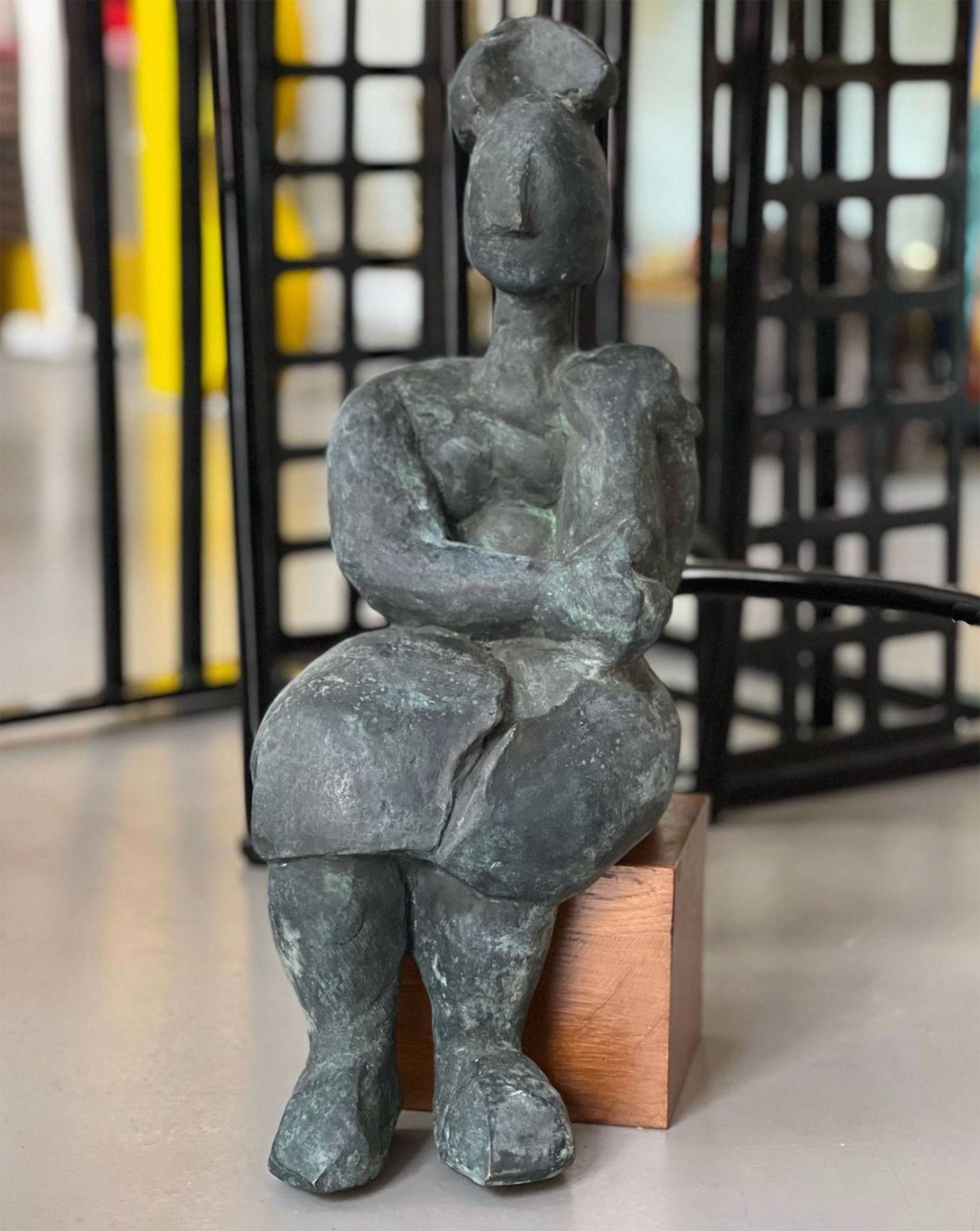
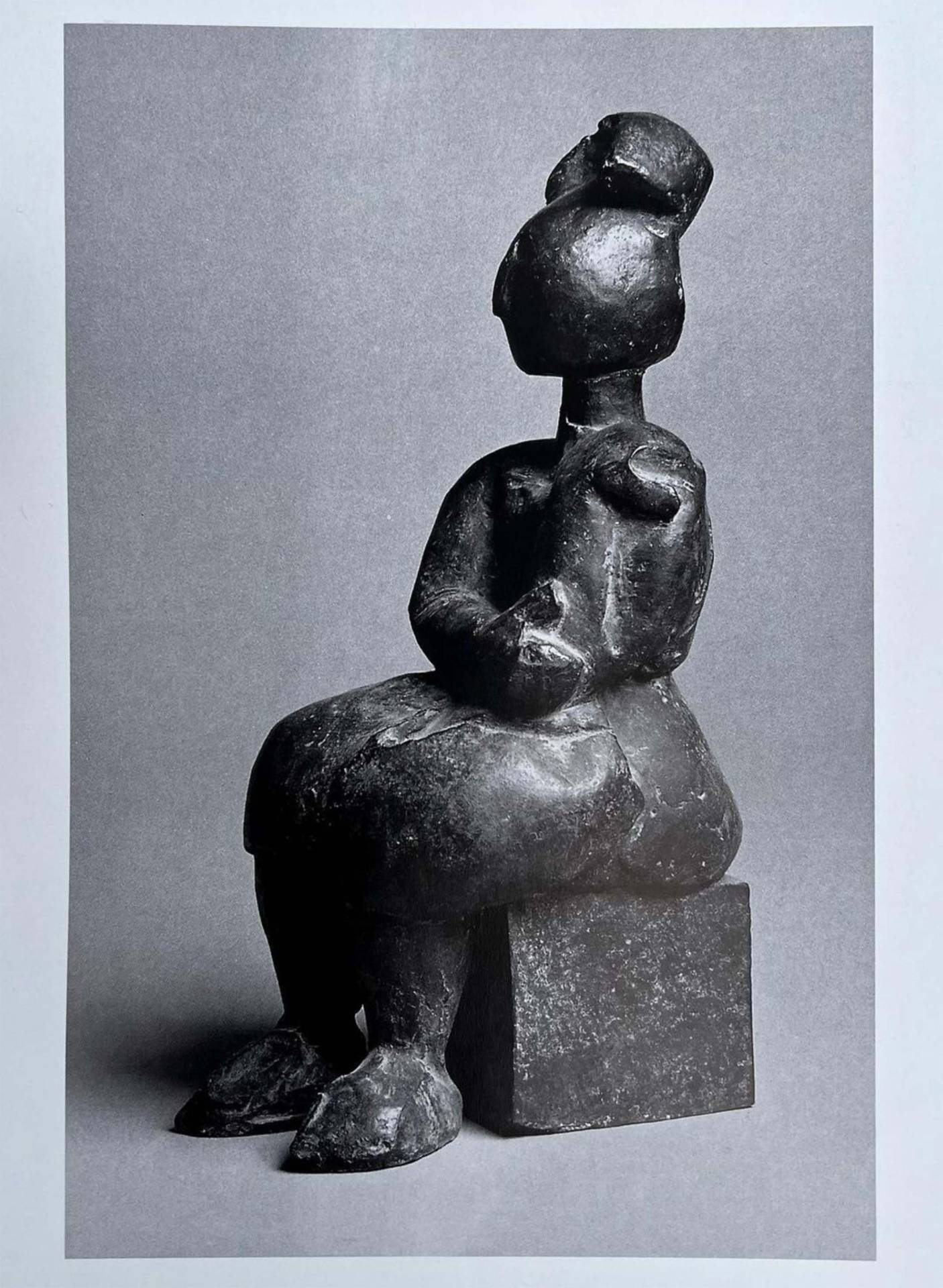
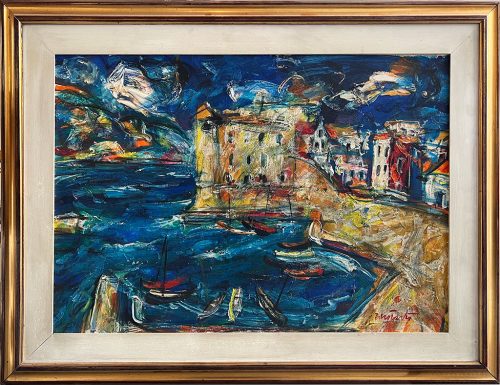
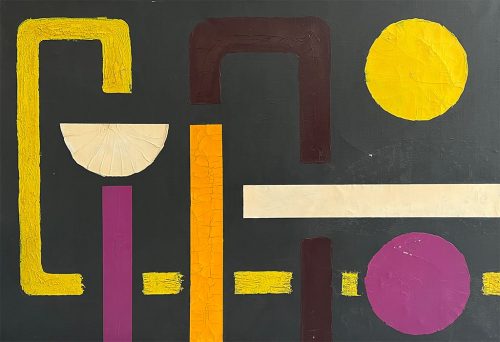
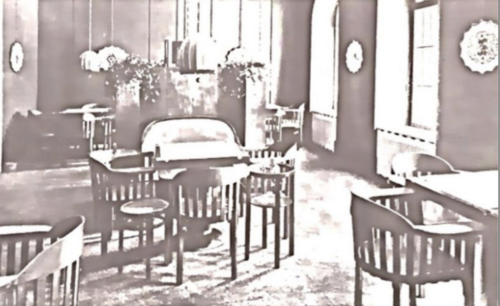
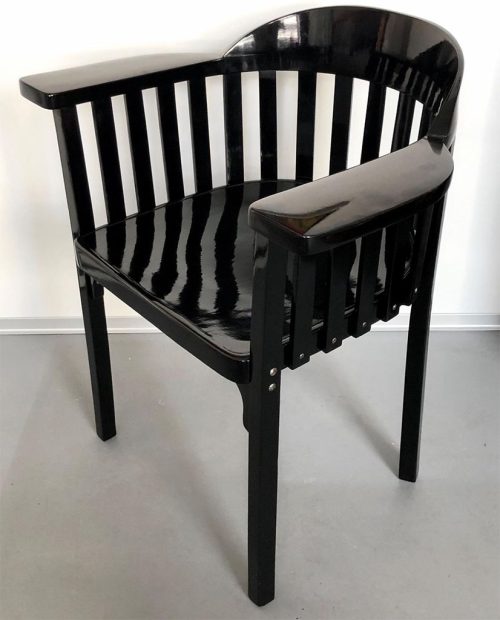
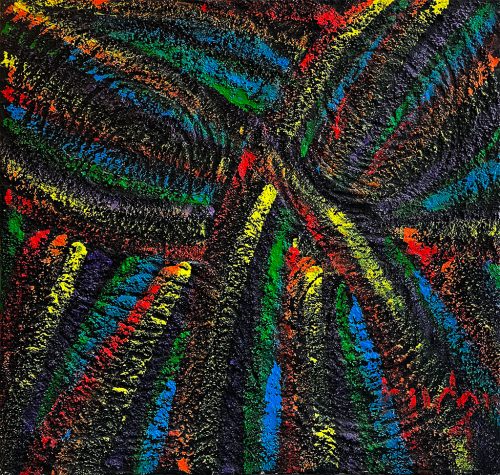

Reviews
There are no reviews yet.